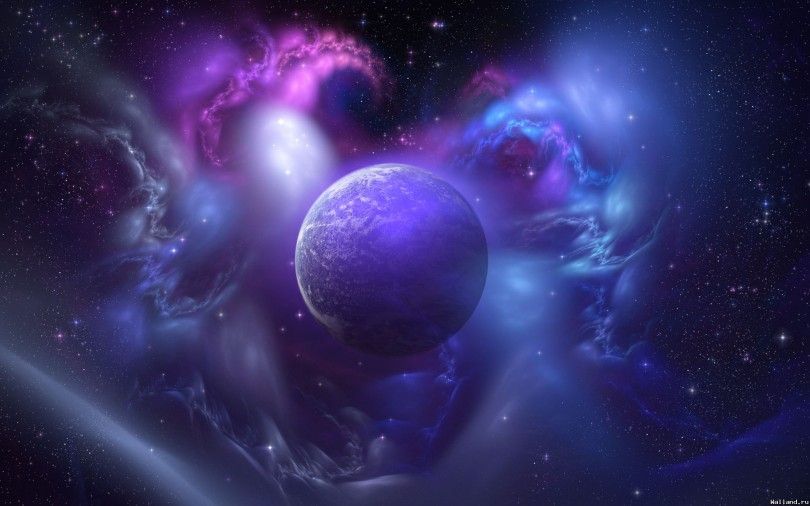Исследователи из США назвали цвет загадочной Планеты X. Они использовали данные, полученные ранее
Таинственная Планета X представляет собой гипотетическую девятую планету Солнечной системы: ее орбита находится дальше орбиты Плутона. Хотя многие ученые и склоняются в пользу существования этого объекта, однако до сих пор прямых доказательств этого не получено.
Сейчас американские астрономы провели компьютерное моделирование и назвали цвет планеты в оптическом диапазоне.
We investigate the physical characteristics of the Solar System’s proposed Planet Nine using modeling tools with a strong heritage in studying Uranus and Neptune. For a range of plausible masses and interior structures, we find upper limits on the intrinsic Teff, from ~35-50 K for masses of 5-20 M_Earth. Possible planetary radii could readily span from 3 to 6 R_Earth depending on the mass fraction of any H/He envelope. We model the atmospheric temperature structure and spectra. Given its cold temperature, the planet encounters significant methane condensation, which dramatically alters the atmosphere away from simple Neptune-like expectations. We find the atmosphere is strongly depleted in molecular absorption at visible wavelengths, suggesting a Rayleigh scattering atmosphere with a high geometric albedo of 0.75. We highlight two diagnostics for the atmosphere’s temperature structure, the first being the value of the methane mixing ratio above the methane cloud. The second is the wavelength at which cloud scattering can be seen, which yields the cloud-top pressure. Surface reflection may be seen if the atmosphere is thin. Due to collision-induced opacity of H2 in the infrared, the planet would be extremely blue (instead of red) in the shortest wavelength WISE colors if methane is depleted, and would, in some cases, exist on the verge of detectability by WISE. For a range of models, thermal fluxes from ~3-5 microns are ~20 orders of magnitude larger than blackbody expectations. We report a search of the AllWISE Source Catalog for Planet Nine, but find no detection.
Небесное тело, согласно выводам, имеет темно-синий цвет. Ранее ряд ученых говорил о возможном красном цвете, хотя на большинстве изображений Планета X именно темно-синяя (или синяя). Астрономы говорят, что гипотетический объект темнее Урана и Нептуна – эти газовые гиганты также имеют синие оттенки.
Исследователи рассмотрели такие показатели, как масса планеты, температура ее ядра, радиус и возможный состав атмосферы. Более точные сведения можно будет получить в будущем, после визуального обнаружения объекта (конечно, если это вообще произойдет). Напомним, не так давно другая группа экспертов обвинила Планету X в массовых вымираниях на Земле.
Если вы нашли ошибку, пожалуйста, выделите фрагмент текста и нажмите Ctrl+Enter.







Сообщить об опечатке
Текст, который будет отправлен нашим редакторам: